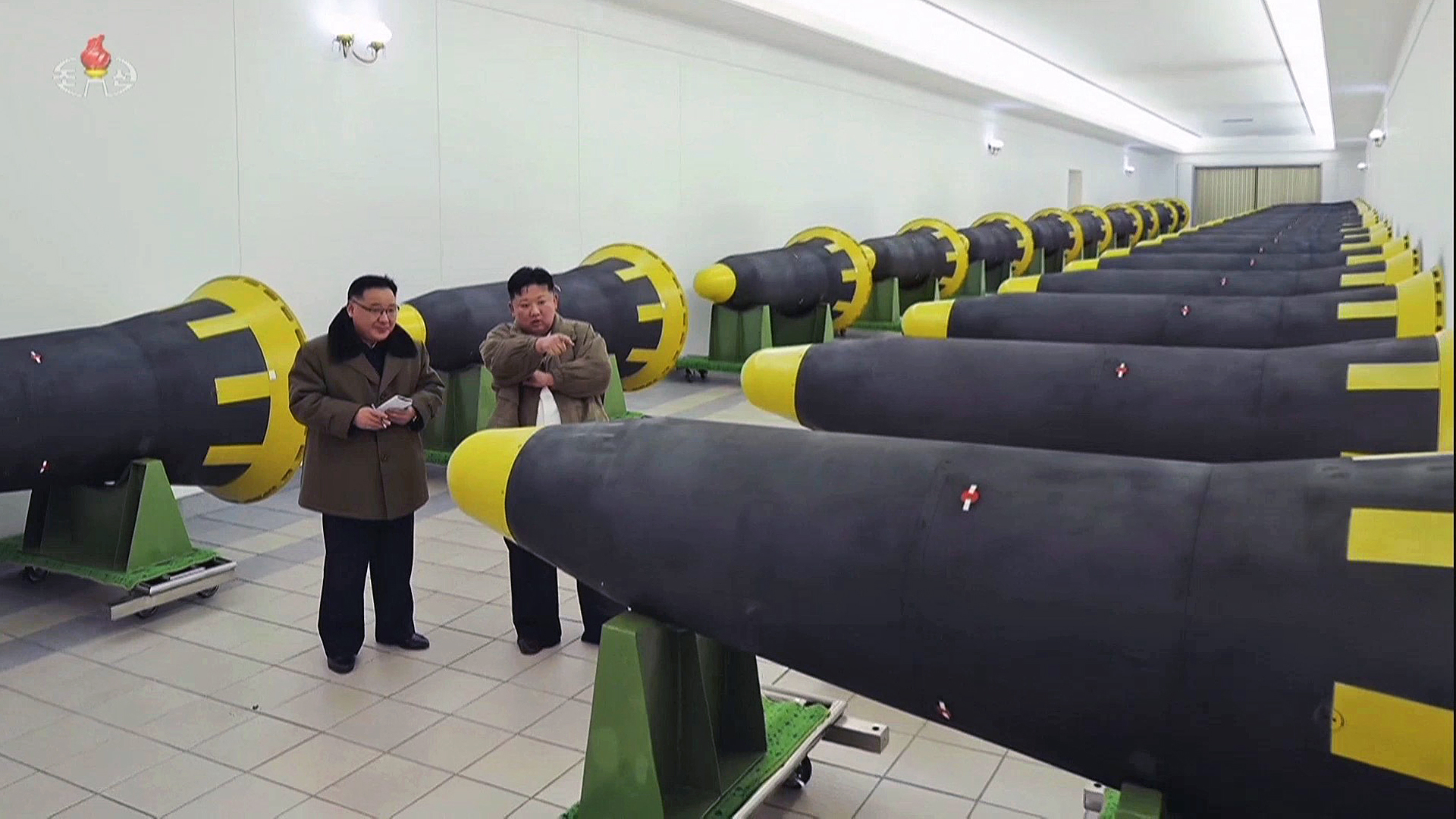The armed forces of South Korea and the United States are not planning to undertake joint nuclear exercises, the White House has confirmed. The clarification follows comments from South Korea’s President Yoon Suk Yeol suggesting that the two sides were already discussing joint planning for military drills that would involve nuclear assets. At the same time, the United States has confirmed that it’s in discussion with Seoul about other various military matters apart from joint nuclear exercises. The latest developments come as South Korea seeks to expand the scope of the ‘extended deterrence’ against North Korean threats provided by the U.S. military, which includes American conventional and nuclear forces.
“As President [Biden] said, we are not discussing joint nuclear exercises,” a spokesperson for the U.S. National Security Council (NSC) told South Korea’s Yonhap News Agency today. “The ROK [Republic of Korea] is a non-nuclear weapons state,” they added.

The same spokesperson did reiterate the fact that South Korea and the United States are continuing to work on an “effective coordinated response to a range of scenarios, including nuclear use by North Korea.” This work, and related efforts, have been ramped up since a key meeting between Biden and Yoon in Phnom Penh, Cambodia, in November of last year.
Some hours prior to that statement, President Biden himself quashed suggestions of discussions on joint nuclear exercises, issuing a firm “no” in response to a reporter’s question on the topic. However, it remains possible that there have been other engagements between the two allies that may have touched upon nuclear weapons, albeit outside the scope of joint drills.
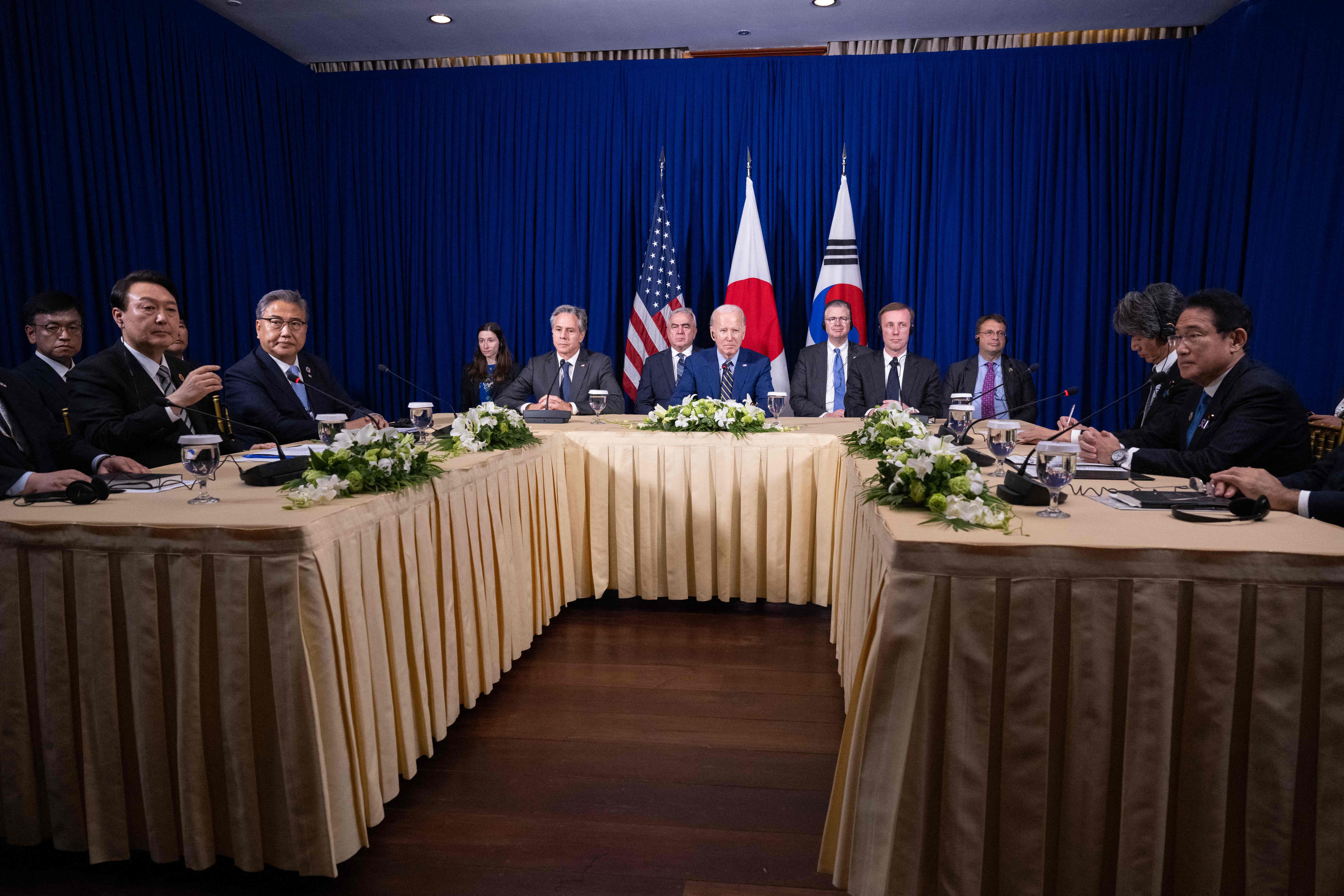
The possibility of discussions related to exercises had recently been brought up by President Yoon, who told journalists that these talks were already underway as part of the extended deterrence initiative.
“The nuclear weapons belong to the United States, but planning, information sharing, exercises, and training should be jointly conducted by South Korea and the United States,” Yoon said, apparently making his case to Washington that he was seeking closer cooperation in nuclear planning as well as drills.
“What we call extended deterrence was also the United States telling us not to worry because it will take care of everything, but now, it’s difficult to convince our people with just that,” Yoon said. “The U.S. government also understands that to some degree.”
The South Korean leader also added that U.S. officials were “quite positive” about the idea, which now stands at odds with the statements from the White House.
Kim Eun-hye, a senior presidential secretary for press affairs in South Korea, sought to explain the apparent discrepancy by noting that “joint nuclear exercise is a term used between nuclear powers,” meaning that Biden had to deny talks on this issue specifically since South Korea is not in possession of any nuclear weapons.
Nevertheless, Kim reiterated that consultations are underway between the allies on what Yonhap described as “planning and implementing U.S. nuclear operations, as well as sharing related information.”
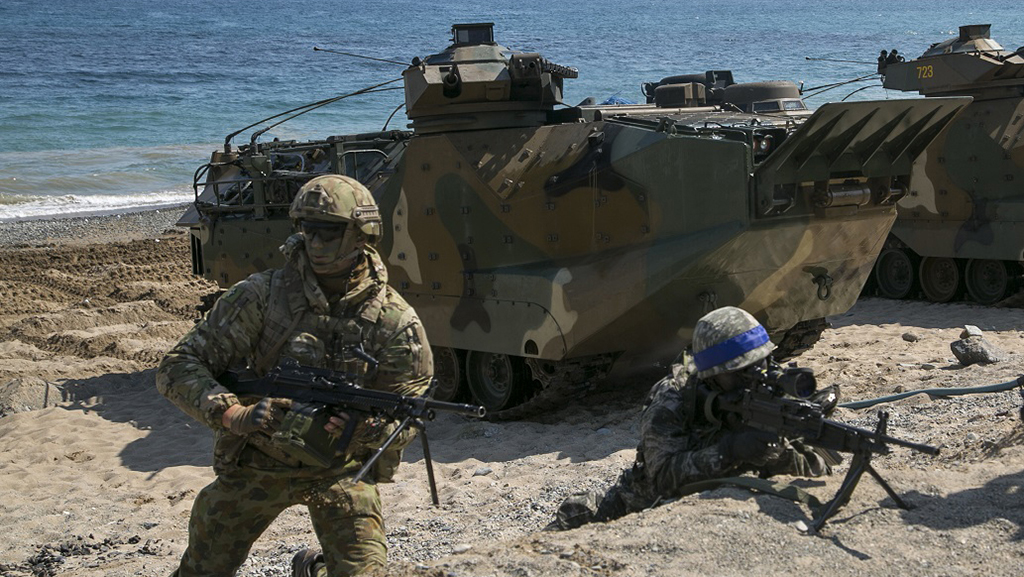
Clearly, while Washington seems to view direct South Korean involvement in nuclear exercises as a step too far, work to coordinate a joint American-South Korean response to a nuclear attack launched by North Korea remains on the table. At the same time, the use of U.S. nuclear weapons in such a contingency also remains a distinct possibility.
Indeed, it seems certain that talks between South Korea and the United States on the issue of war planning and military cooperation have actually been ramped up. An unnamed senior official in the Biden administration told Reuters that Seoul and Washington are “looking at enhanced information sharing, expanded contingencies, and an eventual tabletop exercise.”
It’s not been disclosed when that tabletop exercise might take place, although the same official said it would include scenarios involving the use of nuclear weapons — presumably by the North, in this instance.
“The idea is to also try and make sure that we’re able to fully think through the range of possibilities based on the [North Korean] capabilities which they have demonstrated, as well as their statements,” the official added.
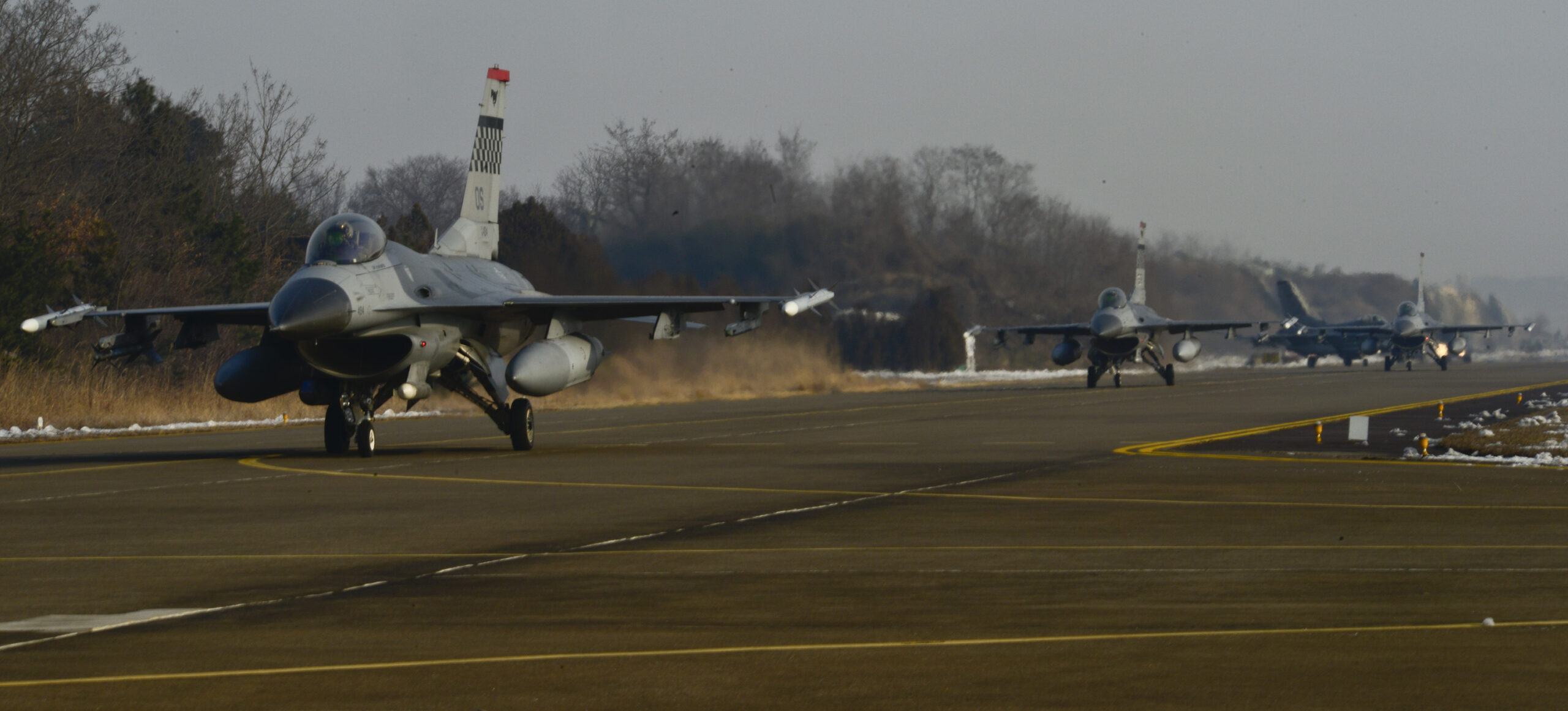
Enhanced information sharing and consultation were among the pledges made by defense ministers from South Korea and the United States when they met last November, as well as extended efforts in joint planning and execution. Playing a very significant role in driving these expanded measures is North Korea’s continued development of rapidly evolving nuclear and missile threats.
As well as the advances made by North Korea, change is also afoot in the South, since the Yoon government came to power in May of last year, with a commitment to bolstering the country’s military capabilities. Fundamental to this is extended deterrence and Yoon has sought guarantees from the United States that this initiative is expanded to further dissuade North Korea from hostile actions. Yoon has said that the current type of extended deterrence is “falling short of convincing” South Koreans that it’s viable.
In the past, we have examined the realities of the United States waging nuclear war against North Korea, including the U.S. Strategic Command’s (STRATCOM) Operations Plan (OPLAN) 8010. This is a mechanism for the employment of “strategic forces if deterrence fails.” It could call upon the so-called ‘nuclear triad’ of nuclear-armed heavy bombers, plus land- and sea-based ballistic missiles, as well as fighter jets that can carry the B61 thermonuclear gravity bomb. B61s and other tactical nuclear weapons were previously deployed by the U.S. military in South Korea, before their withdrawal in 1991. Since then, there have been calls from some quarters to return U.S. tactical nuclear weapons to the peninsula, to respond in kind to similar developments by the North.
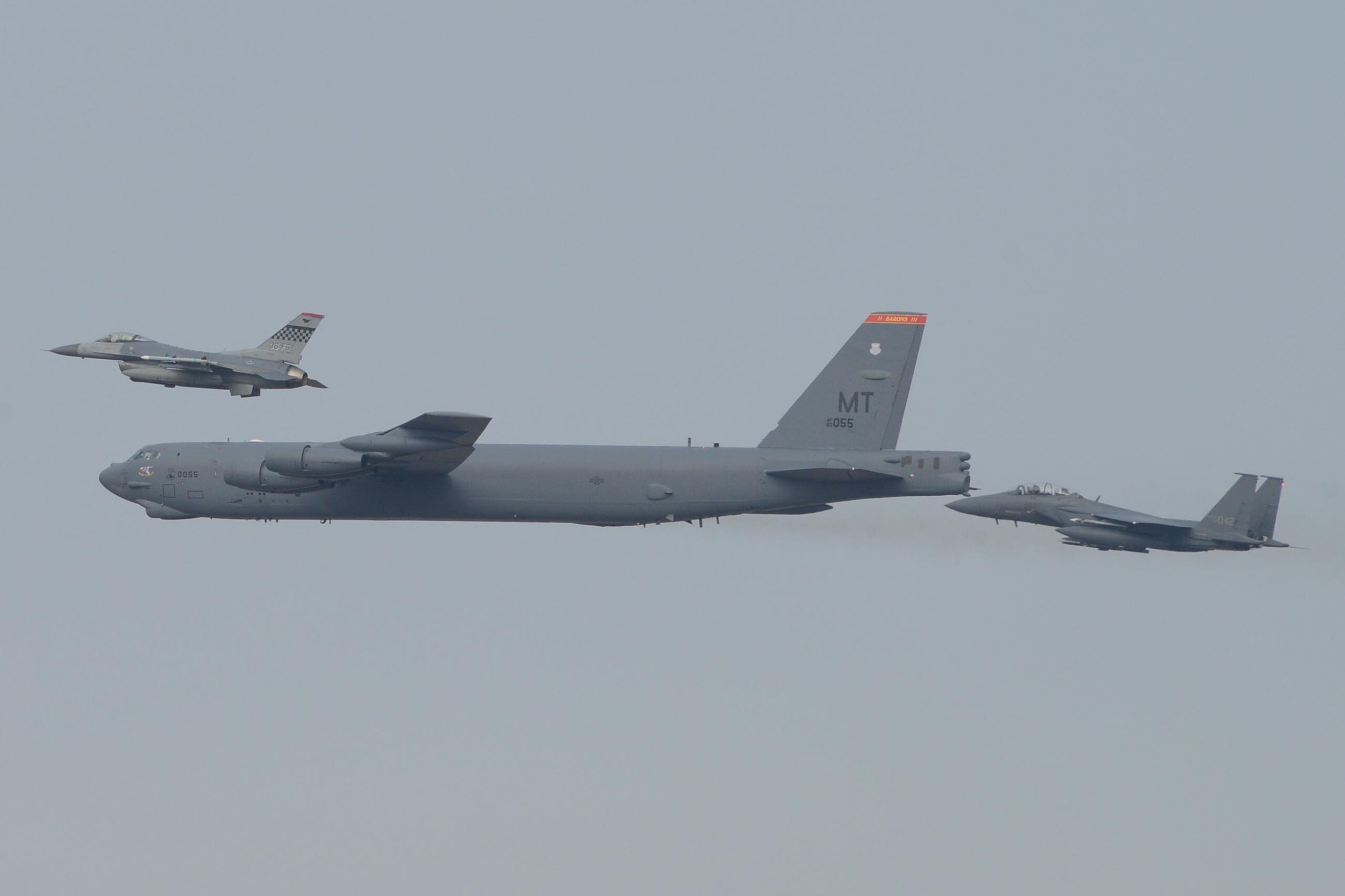
Meanwhile, military activities in the North were significantly scaled up in 2022, including a record number of missile launches — more than 70 in all — including the first ICBM launch in half a decade, as well as a new round of drone incursions into the South in December, also the first time this had happened in five years.
Developments like these have combined to convince more hawkish officials in Seoul that the previous extended deterrence measures are insufficient to counter the threat from the North. And that threat shows no signs of diminishing.
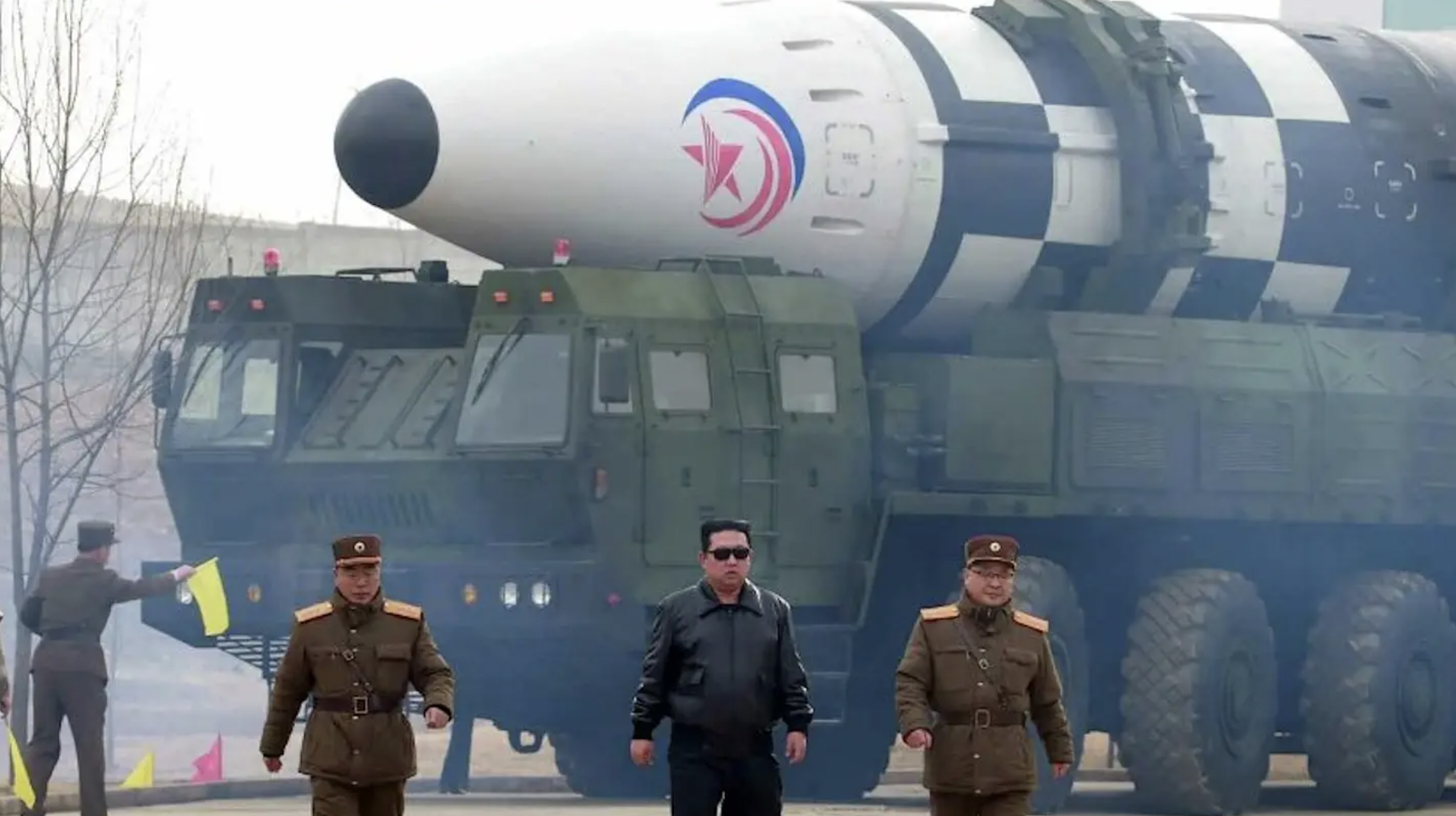
On Sunday, North Korean leader Kim Jong Un called for an “exponential increase” in the production of nuclear warheads and pledged to build a more powerful intercontinental ballistic missile (ICBM), while declaring that South Korea was his country’s “undoubted enemy.” The weekend also saw several North Korean ballistic missile launches to start the new year with another statement of intent.
At the same time, Kim has more recently begun to reference the pre-emptive use of nuclear weapons, reflecting a shift in policy that came into effect last year. He referenced this again at the weekend, too: “Our nuclear force considers it as the first mission to deter war and safeguard peace and stability and, however, if it fails to deter, it will carry out the second mission, which will not be for defense,” he said.
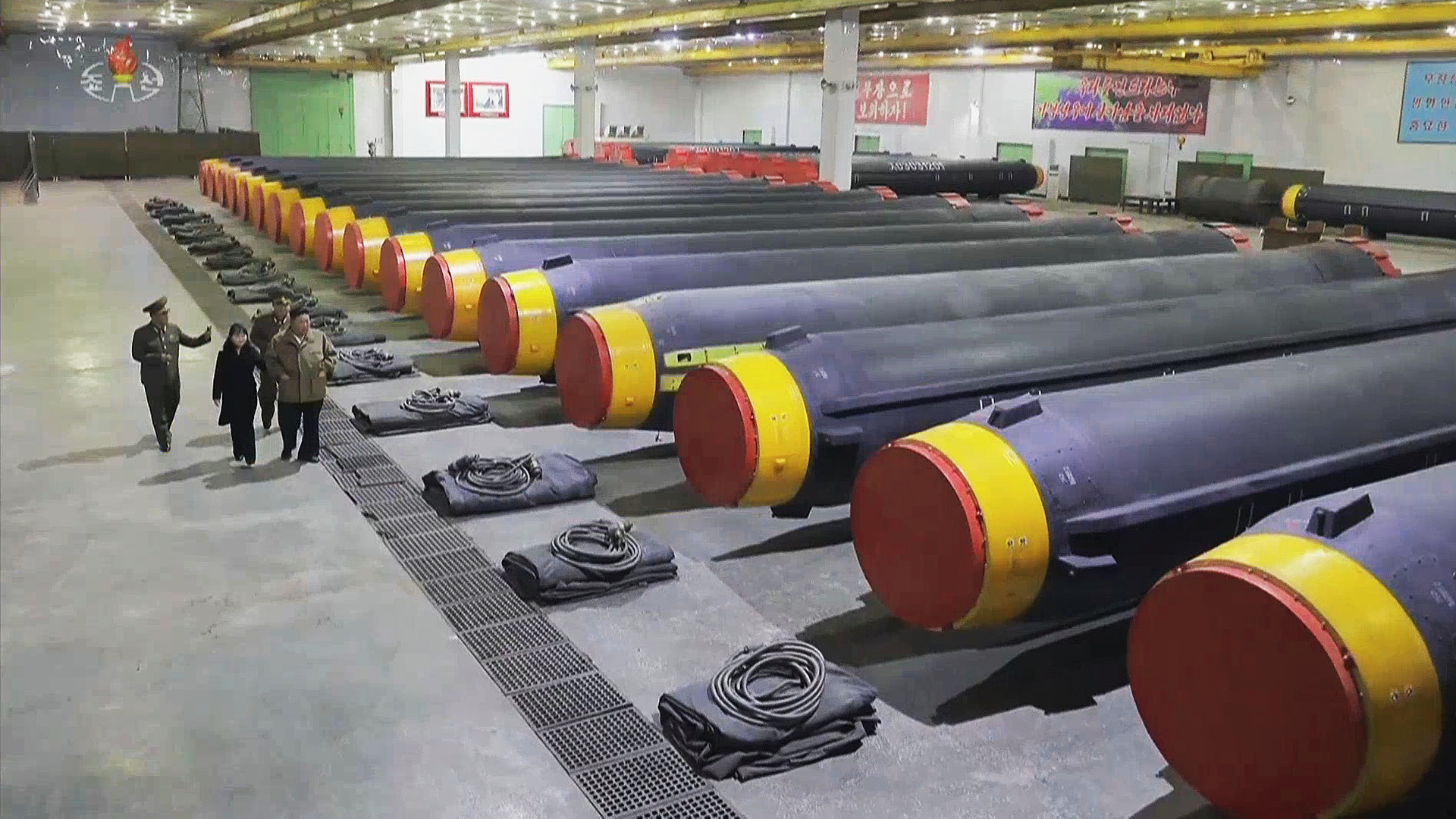
There is now something of a missile race underway between North and South Korea, too. On Friday last week, South Korea’s military confirmed it had test-fired a new type of solid-fuel rocket, which it said it has developed as part of its space-based surveillance capability, to bolster its defense posture. At the same time, the advantages of a solid-fuel rocket as a means of delivering warheads are obvious. Furthermore, the South has been moving ahead more generally with new capabilities that could ultimately also be adapted for nuclear delivery, including a submarine-launched ballistic missile (SLBM), which remains conventionally armed for now. Potentially, Seoul could one day move toward introducing its own nuclear weapons if it considers that the U.S. nuclear umbrella does not provide enough deterrence.
With all this in mind, Yoon’s recent statements certainly make it sound as if he wants to see the South more directly involved in any nuclear response planning with the United States, as a way of enhancing extended deterrence.
For the United States, on the other hand, while joint discussions about response options are very much on the agenda, direct nuclear coordination in terms of exercises is currently off the table.
The following months may well bring more clarity to how extended deterrence could practically be expanded to keep pace with developments out of Pyongyang, although it seems clear that the United States will continue to tread a fine line when it comes to the issue of nuclear forces and, in particular, how these will be involved in joint planning and drills with the South.
Contact the author: thomas@thedrive.com
